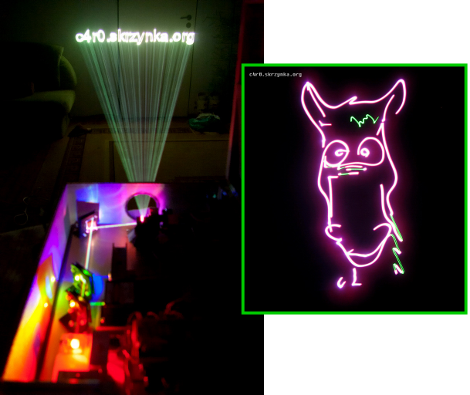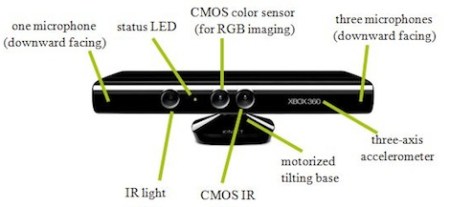
We can think of no better way to describe this laser projector project than Epic. [C4r0] is a student at Gdansk University of Technology and he’s been working on this projector for at least a couple of years. It uses several different laser diodes pulled out of DVD burners, Blu-Ray drives, and entertainment equipment (the green diode is from a disco laser).
In order to direct the beams he built a series of brackets that hold dichroic filters which reflect some wavelengths of light while allowing others to pass straight through. Each diode also needs a driver, most of which he built from scratch. And once the hardware has been designed and tested, what does one do with it? If you’re [C4r0] you build it into a money case with professional-looking results.
Don’t miss the video demo after the break. And make sure you have a rag ready to wipe up the drool before you look at his forum post linked above.
Continue reading “RGB Laser Projector Is A Jaw-dropping Build”


















